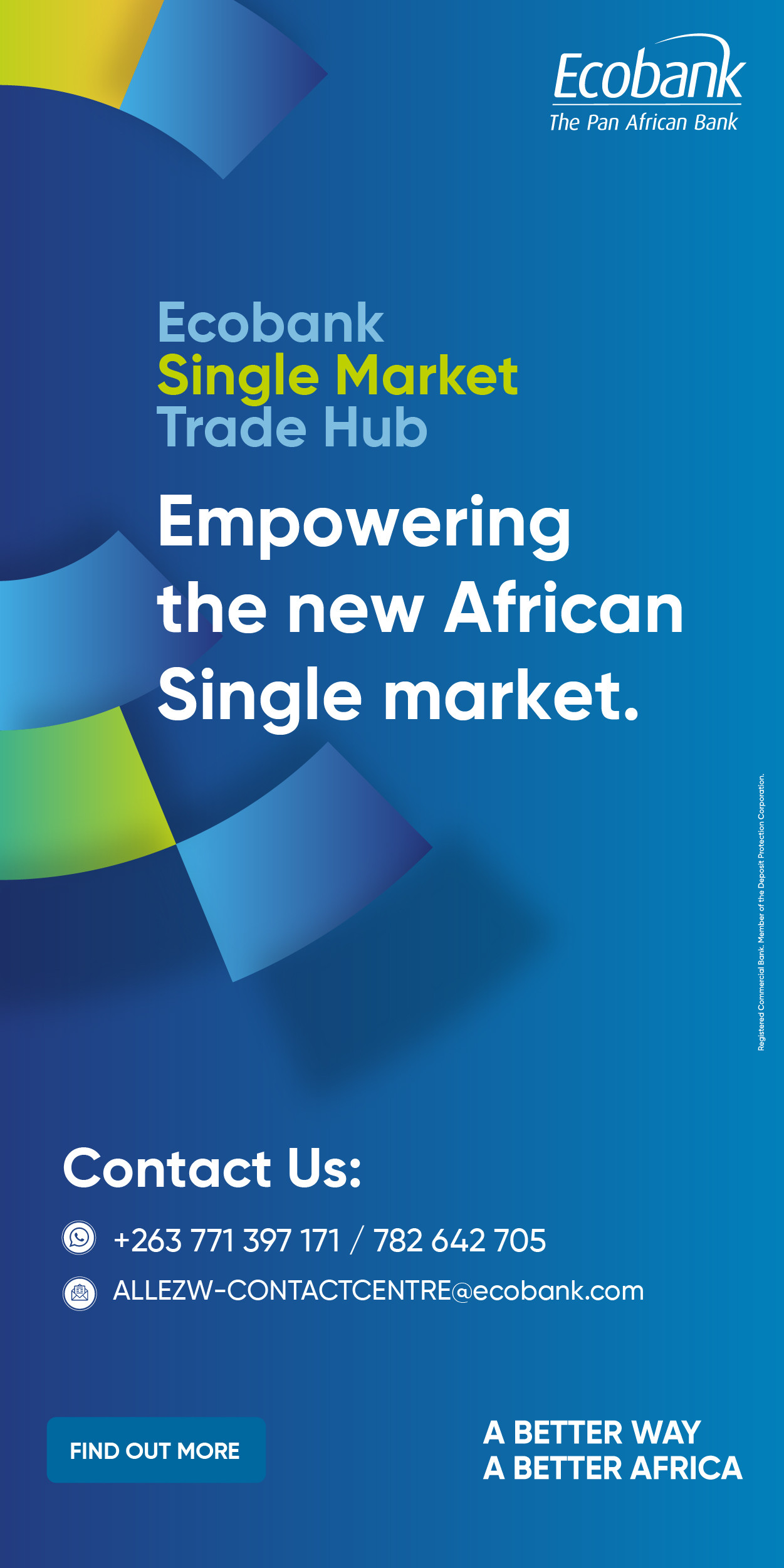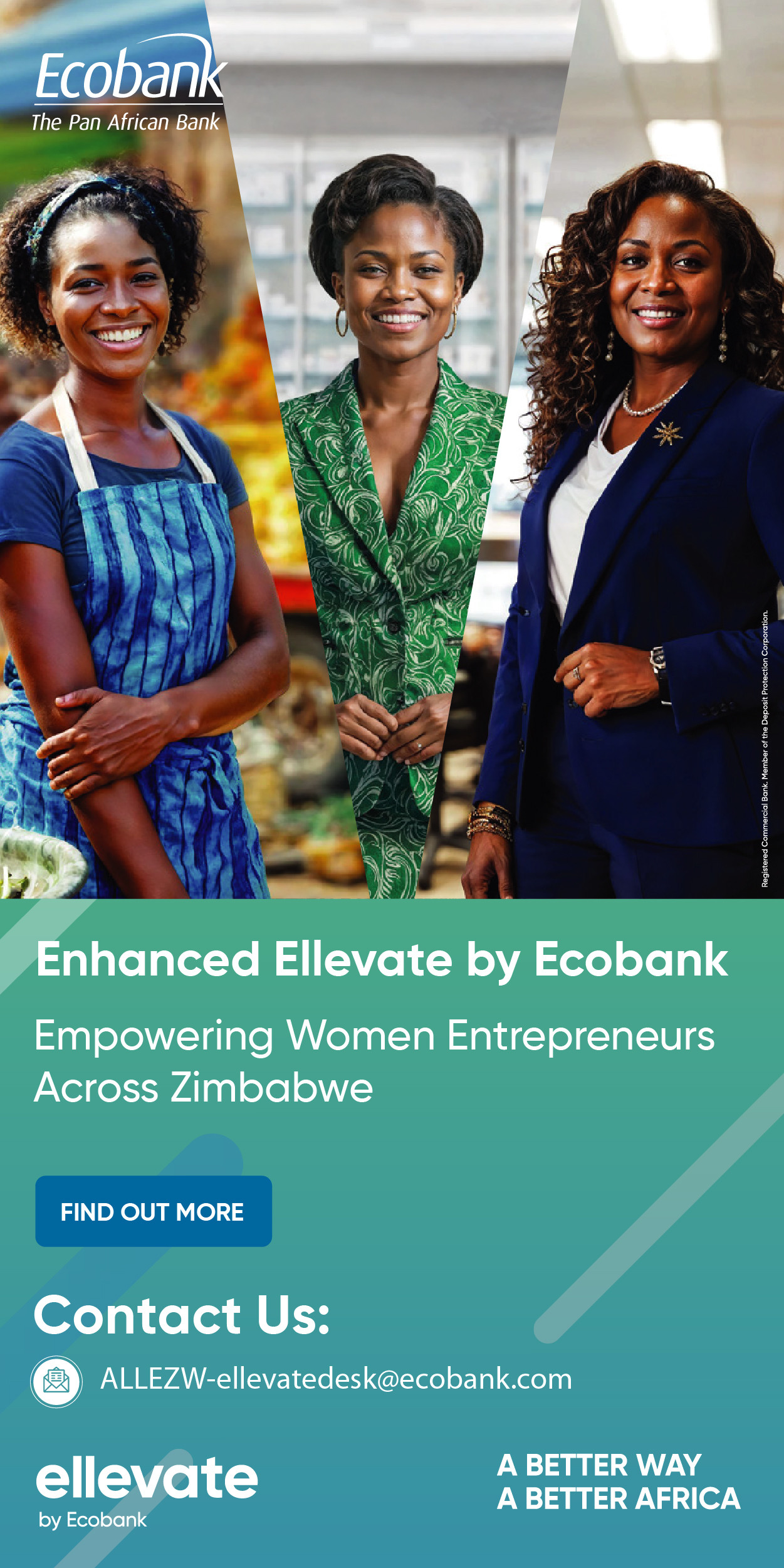- Lending Income Growth: Rose 27% to ZWG370 million in 2024, driven by a 14% increase in net interest income and ZWG69 million in bad debt recoveries
- Rising Costs: Operating costs increased 8% to ZWG1.79 billion
- Innovation Focus: Leveraging innovation to cut costs, with initiatives such as a new core banking system, digital wallet, and innovation hub
Harare- ZB Bank Limited, the flagship of ZB Financial Holdings (ZBFH), saw income from lending activities net of recoveries climb 27% to ZWG370 million in 2024 from ZWG292 million in 2023, despite sluggish loan growth.
The group said in its full year results for the year ended 31 December 2024.
“This was aided by improved interest margins and bad debts recovered,” Shepherd Fungura, group CEO said in a statement accompanying the FY financials.
This uptick, driven by a 14% rise in net interest income to ZWG475 million and ZWG69 million in bad debt recoveries, reflects resilience in a tough Zimbabwean market.
Yet, operating costs rose 8% to ZWG1,785 billion from ZWG1,626 billion, pushing ZBFH to lean on innovation, like a new core banking system and digital push to cut expenses.
With total income up 38% to ZWG3,211 billion, this article breaks down ZBFH’s lending gains, cost pressures, and innovation strategy, benchmarking against regional and global peers.
Lending: Squeezing More from Less
Despite constrained loan growth, ZBFH’s lending shone. Net interest income grew 14% from ZWG417 million to ZWG475 million, fuelled by better margins in a 3.7% inflationary environment.
Loan impairments dropped 17% to ZWG104 million from ZWG126 million, showing tighter risk controls.
Recoveries of ZWG69 million pushed lending income up 27%. Why the constraint? Zimbabwe’s 43% ZWG devaluation in September 2023 and lingering distrust from past currency flops like the 2019 ZWL shift kept borrowers wary.
Power cuts and forex shortages further choked demand, leaving earning assets (up 103% to ZWG9,346 billion) focused on existing loans, not new ones.
Operating costs hit ZWG1,785 billion, an 8% jump, tied to the 2024 core banking system rollout, a hefty investment in IT and training. Inflation, even at 3.7%, hiked labour and utility bills, despite staff dropping to 999 from 1,061.
Compliance costs rose too, with ZBFH chasing the Sustainability Standards Certification Initiative (SSCI).
Banks everywhere feel this: Nigeria’s GTBank battles energy costs, while Barclays globally spends big on cybersecurity. For ZBFH, juggling physical branches and digital channels for SMEs, corporates, and individuals adds to the tab.
ZBFH is fighting back with tech. The core banking system speeds lending and cuts manual work, mirroring Standard Bank’s 10% cost drop via automation.
Banking fees soared 76% to ZWG1,158 billion, due to digital transactions under #OneDigitalZB.
A Digital Wallet, set for 2025, aims to trim branch costs, like DBS Bank’s 15% savings. The Innovation Hub, launched in 2024 with university partners, scored a Presidential Innovation Awards nod, hinting at homegrown fixes.
Globally, Bank of America’s AI shaved servicing costs, ZBFH could follow suit with its MYZB platform.
Beyond Loans: Big Picture
Total income rose 38%, with fees and commissions leading the charge. Profit after tax edged up 4% to ZWG1,167 billion, assets doubled to ZWG14,383 billion, and equity hit ZWG6,641 billion.
Deposits jumped 120% to ZWG5,483 billion, mostly in USD.
ZB Bank’s profit soared to ZWG1,110 billion, but ZB Building Society lost ZWG69 million due to forex hits.
Insurance mixed it up as ZB Life Assurance earned ZWG167 million, up from ZWG34 million, while ZB Reinsurance dipped to ZWG37 million from ZWG53 million.
Investments in Mashonaland Holdings (57.69% stake) turned a ZWG64 million profit, up from a ZWG155 million loss.
Therefore, ZBFH’s lending gains show it can thrive despite Zimbabwe’s woes like devaluation, inflation, and distrust. Innovation isn’t just cost-cutting; it’s survival.
Regional peers like KCB use fintech to slash lending costs by 12%, while HSBC’s cloud shift saved 20%. ZBFH’s digital bets could offset infrastructure hiccups (e.g., power cuts) and rebuild trust. As of April 3, 2025, with assets and equity booming, ZBFH’s tech pivot could make it a Zimbabwean standout if it scales fast.
Equity Axis News





